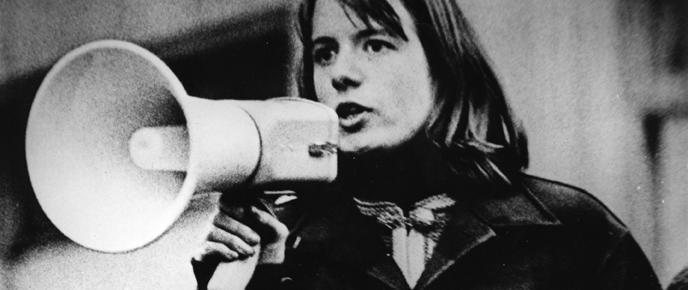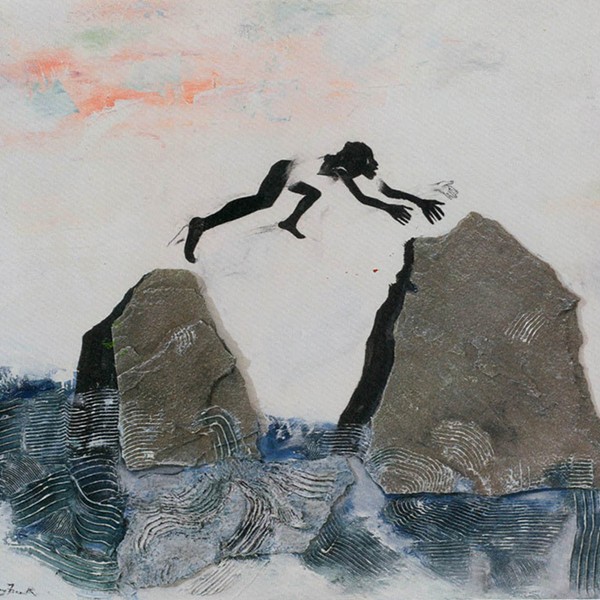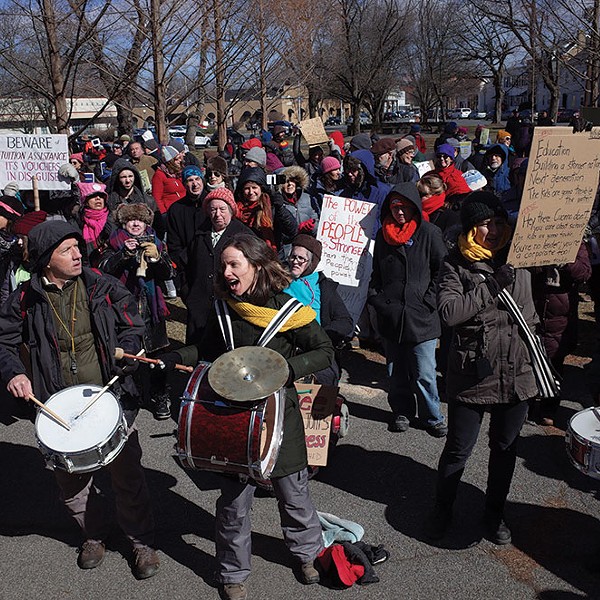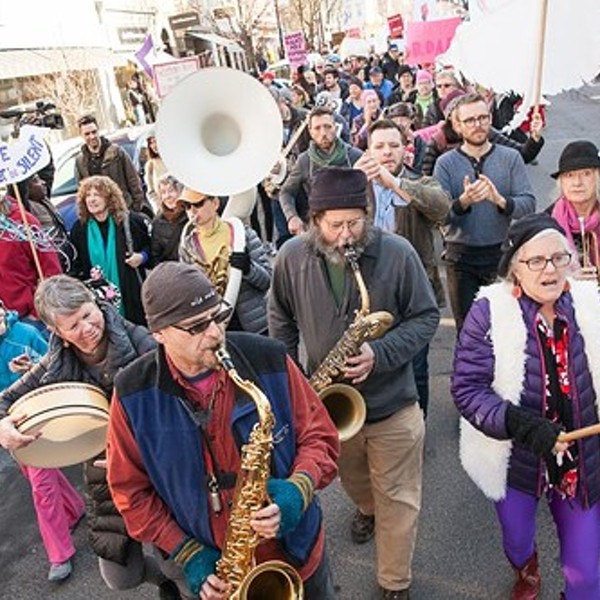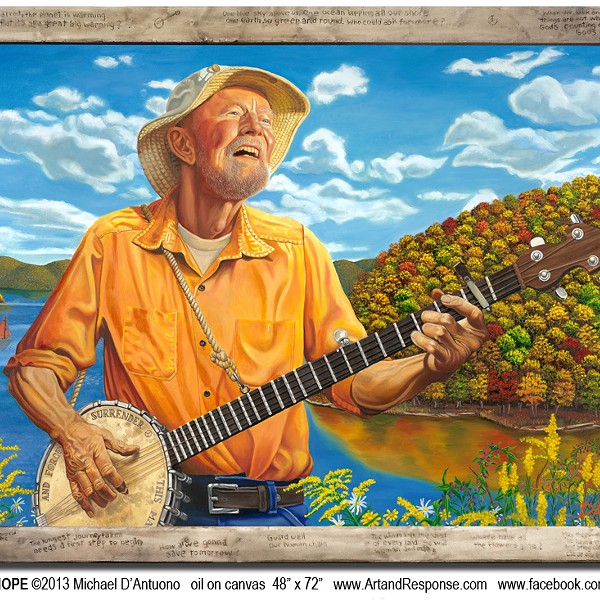Cathy Wilkerson joined Weatherman, the leftist revolutionary group, when it was founded in 1969, and was soon chanting slogans like “Kick the Ass of the Ruling Class” and “Bring the War Home!” On March 6, 1970, she was in a townhouse on West 11th Street in New York when it exploded after two Weathermen incorrectly assembled a pipe bomb. The townhouse belonged to her father; Wilkerson was at that moment ironing sheets. In her new memoir, Flying Close to the Sun: My Life and Times As a Weatherman (Seven Stories Press), she describes the explosion: “I was bearing down on the wrinkles on the white sheet covering the ironing board when a shock wave shot through the house. A blast reverberated through the house and in place of the ironing board, a mountain of splintered wood and brick rose up all around me.” Three Weathermen died in the explosion. Wilkerson escaped (she came to police attention as the woman seen running naked from the burning brownstone), and lived underground for 10 years. In 1980, she turned herself in, and served a short sentence for possession of illegal explosives. Today, Wilkerson works in the New York City school system teaching mathematics.
Cathy Wilkerson will be speaking about her life and reading from Flying Close to the Sun on October 6 at 8 pm at Time & Space Limited in Hudson. (518) 822-8448; www.timeandspace.org.
First of all, let me tell you I loved Flying Close to the Sun—and I read every word of it, even the footnotes.
You’re lucky you didn’t read the first draft, which was 200 pages longer!
Reading your book, I realized I was the audience for Weatherman. I was 15 years old in 1968. I read the Village Voice, the East Village Other, and Rat. I vividly remember the Weatherman communiqués, which I found savvy, thrilling, and romantic.
Yes, and I think many young people, teenagers especially, reacted to them that way. But in the book I was trying to make the distinction between enthusiasm and actual work—that people were enthusiastic, but not willing to risk their lives for the revolution.
To me, that was one of the big revelations of the book. You’re speaking as a Students for a Democratic Society (SDS) organizer, and I never knew—because I was a kid at the time—that for organizers, the ’60s were not such a great time!
Right. I mean, we were successful, but it was hard work. And being successful in the big sense meant that we failed a lot of times. For every demonstration that you got a thousand people [to attend], you called five that no one came to. So successes were only the tip of the iceberg.
Also, it must be difficult to organize students, because they leave every four years.
Yes, but four years seemed like a lifetime to us.
Perhaps, like most people, I find the idea of living underground fascinating.
Well, there are tens of thousands, if not hundreds of thousands, of people who live underground now—most of whom are immigrants. Or women who are hiding from battering husbands. Or people who are in debt and are hiding from creditors. So there is always a pool of people who are living under the radar. And there’s very little protection for them.
Is it glamorous living underground?
I’m not sure what you mean by glamorous living in any setting.
In the book, when you first go underground, you mention your alienation from hippies—that you’d never really considered yourself a hippie.
I wasn’t alienated from hippies, but I was a political activist. And there was a continuum of people who had rejected mainstream values purely on a cultural basis and those of us whose rejection had come about from the civil rights movement, primarily. But all of us were part of a counterculture.
And did you eventually make a rapprochement with the hippie end of the spectrum?
Well, the political people were always into music and drugs and alternative lifestyles. So it wasn’t a matter of rapprochement. But in the course of my day, I worked on the movement, and other people did drugs all day, or listened to music all day. So it was really how you spent your days.
I wonder why a new Weatherman doesn’t rise up today to protest the US in Iraq.
Well, I’m certainly glad that it hasn’t, because while Weatherman was an expression of mass popular rage, Weatherman didn’t have a strategy for change. As a voice for popular rage, it was very effective—like you said, you could totally relate to it. It spoke for your own anger. But we didn’t ‘t have any idea what to do about it. So in the end, the US got out of Vietnam because the Vietnamese had a superior organization and because the United States Army became incapable of fighting, due to sort of an internal revolt. And much the same will happen, I think, in Iraq, where the Iraqis don’t have a superior organization in the same way the Vietnamese did, but they certainly have superior power to create chaos and devastation.
The accessibility of devastating weaponry is so much greater now than it was then. Anybody can get their hands on a roadside bomb or a shoulder-held missile—many of which are produced and sold by the US. The United States arms manufacturers dumped billions of dollars in weapons on Africa after the Cold War, and made enormous amounts of money. And now it’s all come back, of course, to bite us.
But I don’t think the particular vehicle that Weatherman used to express outrage would be effective today, at all, because the conditions we’re dealing with in the world today are very different. Nobody would think it was funny, or cool, to set off a small explosive device in a police station, because we’ve lived amongst too much carnage.
One of the problems with violence is that it polarizes people. Violence can create a backlash.
Absolutely. But the biggest problem with violence is that it hurts people. That’s a big problem.







